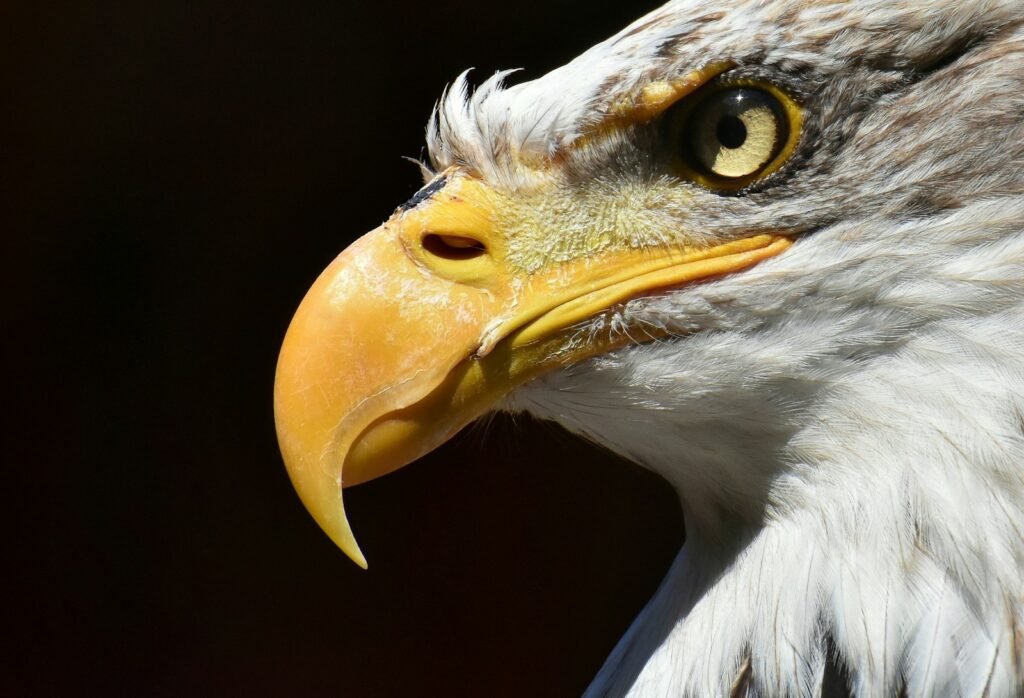Arizona is experiencing a concerning rise in rabies cases among wildlife, prompting officials to issue warnings to pet owners and the public. The Arizona Game and Fish Department (AZGFD) and the Department of Health Services have reported a significant increase in rabies incidents, emphasizing the importance of vaccinations and preventive measures to safeguard both pets and humans.
Rabies Cases on the Rise

Between January and March 20225, Arizona recorded 50 rabies cases, a sharp increase compared to 11 cases during the same period last year. The most affected species include skunks, foxes, and bats, which are the primary carriers of rabies in the state. Other mammals, such as coyotes, bobcats, and even domestic animals, are at risk when rabies activity spikes in these wildlife hosts.
Protecting Pets and Livestock
State law mandates rabies vaccinations for all dogs aged three months and older, and officials strongly encourage vaccinations for cats and livestock. Vaccinated pets exposed to rabid wildlife require a 45-day quarantine, while unvaccinated animals face a four-month quarantine. Pet owners are advised to keep their animals leashed and consult veterinarians if their pets are injured by wildlife.
Public Health and Safety Measures
Rabies is a fatal disease that can be transmitted to humans through bites or scratches from infected animals. Health officials urge the public to avoid contact with wild animals, especially those behaving abnormally. Reporting suspicious animal behavior and seeking immediate medical attention after potential exposure are critical steps in preventing rabies transmission.
Future Directions

The AZGFD continues to monitor rabies activity and collaborate with public health agencies to mitigate risks. Public awareness campaigns and accessible vaccination programs are essential in controlling the spread of rabies and protecting Arizona’s communities and wildlife.
Conclusion
The rise in rabies cases in Arizona highlights the need for vigilance and proactive measures. By staying informed and adhering to vaccination requirements, residents can help protect their pets, themselves, and the state’s diverse wildlife.
Source:





